What are soft pastels?
Pastels are an amazing medium! This article will give you a beginners introduction to soft pastels and a basic understanding of what they are and how to start making pastel drawings.
Pastels are available in several different types: hard, soft, oil and pastel pencils. In this article however, we will be focusing on soft pastels.
Soft Pastels are made by mixing dry pigment, some chalk and a binder together to form a paste. The paste is then put into a mold and allowed to dry in order to form sticks. Pastels are nearly pure pigment, which makes them very fun to work with as they have intense colors. There are multiple benefits of working with chalk pastels – the main ones are:
- Are easily transportable – take with on trips etc.
- Works in layers
- Requires minimal preparation and set up (as opposed to oil painting)
- Bright colors
- allows for spontanaiety
- Can be combined with other mediums
The best soft pastels for beginners
There are quite a few choices when it comes to buying soft pastels. Here I picked out three different brands that I think are the best! The best part is that you can choose how many colors you want. For my first pastel set I got a 12 colors. You can always first experiment with a smaller package and upgrade later on if you love the medium.
Rembrandt Soft Pastels (General Selection)
Sennelier Soft Pastels (Introductory Colors)
Faber Castell Soft Pastels (set of 36)
Paper for soft pastels
You can use soft pastels on pretty much any surface! However, there are papers which are best to use them on. For example, it is important to use textured paper as it can hold more pastel color on it and allow for more layering. Also, toned paper is helpful to use as it lighter toned paper enhances darker pastels, while lighter pastels on dark toned paper offer some contrast. Most like to choose a mid toned paper as it keeps a good balance between the two. There is a wide range of colors and tones available when working with pastel paper.
Here are some favorites I recommend!
Canson Mi-Teintes Pastel Pad, Assorted Colors 9″X12″
Strathmore 400 Series Pastel Pad, Assorted Colors, 9″ x 12″
Strathmore Sheet Assorted Tint Charcoal Pad, 9 by 12″, 9″x12″
Where Do You Start?
Now that you have your pastels and paper, you are ready to start drawing with pastels! But you may wonder where to begin.
One of the best things you can do before you start (and also after) is to look at other masters’ drawings. An easy way of finding other drawings is to go to your local library. However, a quicker way to find master pastel drawings is to simply do a google search and find them that way. I personally love to look at Degas pastel drawings. He is an example of someone who had the highest level of skill when it came to soft pastels.
- The first thing you want to do is to find a motif to draw from
- Create a rough sketch
- Fill in the basic colors of your drawing – start with big ideas first putting in the lights, mid tones and darks
- Later on pay more attention to the details
- Go over your drawing and make sure that the big shapes of light and dark are present
- You are done! Don’t be afraid to get your hands dirty – its an essential part of working with soft pastels
Spray Fixative over your finished pastel drawing
Best Soft Pastel Books To Help You Learn
The Pastel Book
A thorough guide to pastel materials and techniques. Step by step demonstrations are included in this book. Ideal for beginners and more experienced artists.
For those more interested in doing landscape with pastels
Painting the Landscape in Pastel
Contains a thorough review of supplies as well as discussions on composition and how to establish large shapes first. As well, the book guides you on how to develop the illusion of reality through color. Contains demonstrations helping you to know how to depict skies, trees, buildings, rocks, wood, snow etc.
I hope this article was helpful to you and that you choose to try out pastels. I cannot recommend them enough!
Want Some Color Mixing Help?
If you want to learn more about mixing colors with oil paints download the FREE Color Mixing GuideWant to remember this? Save Soft Pastel Drawing for Beginners to your favorite Pinterest board!

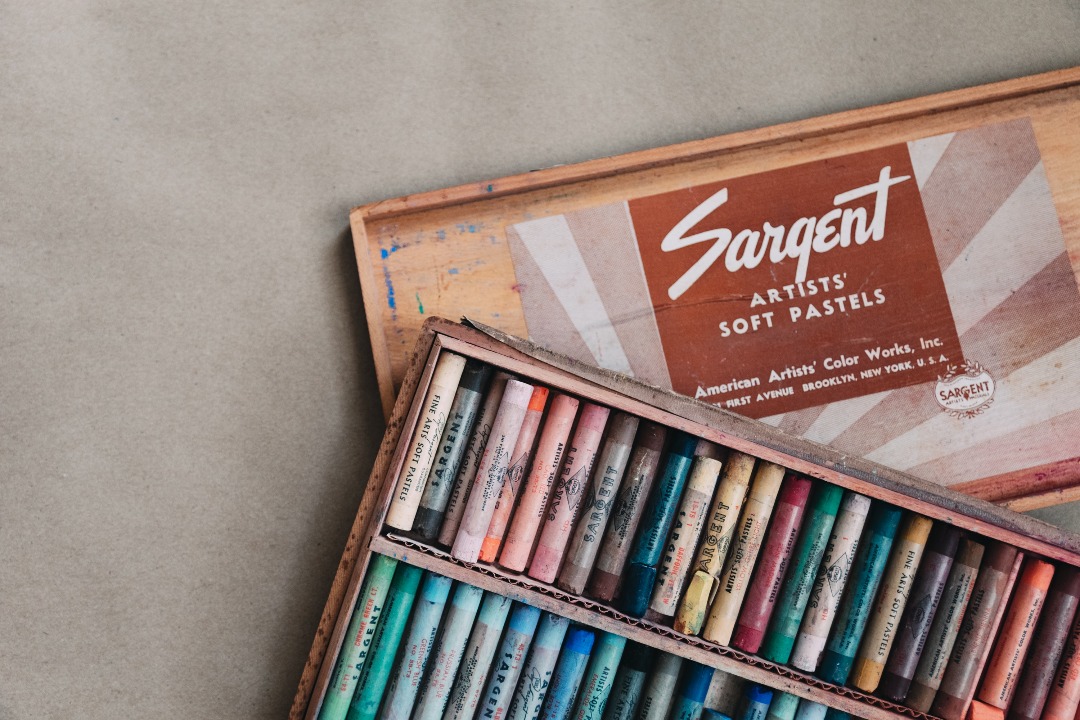


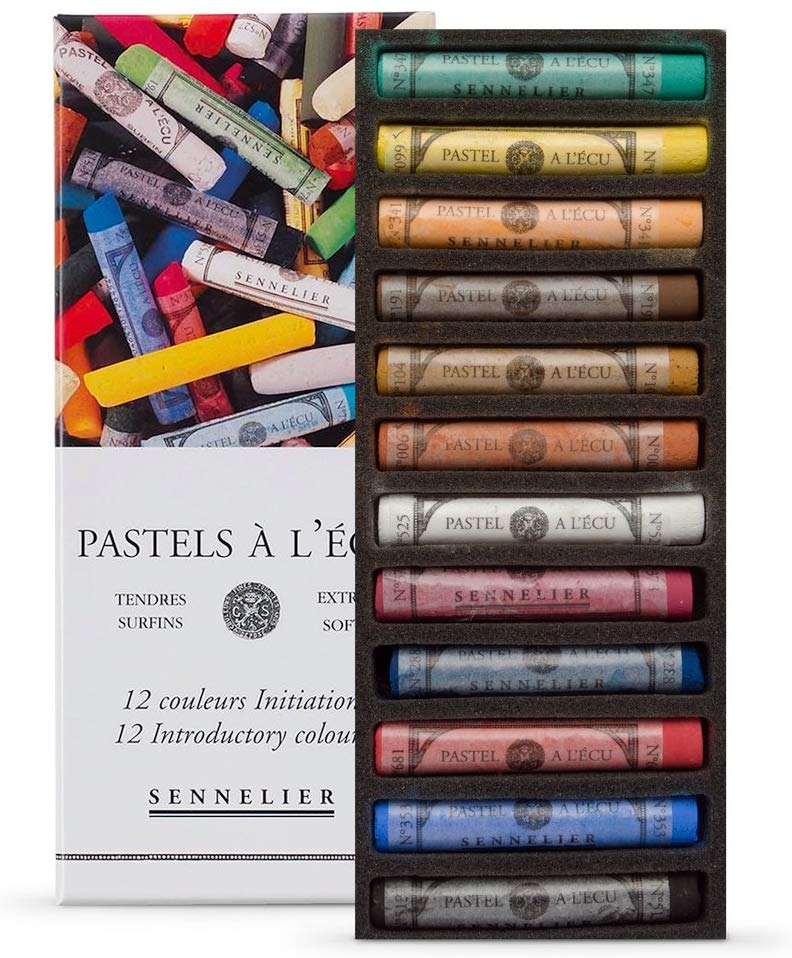

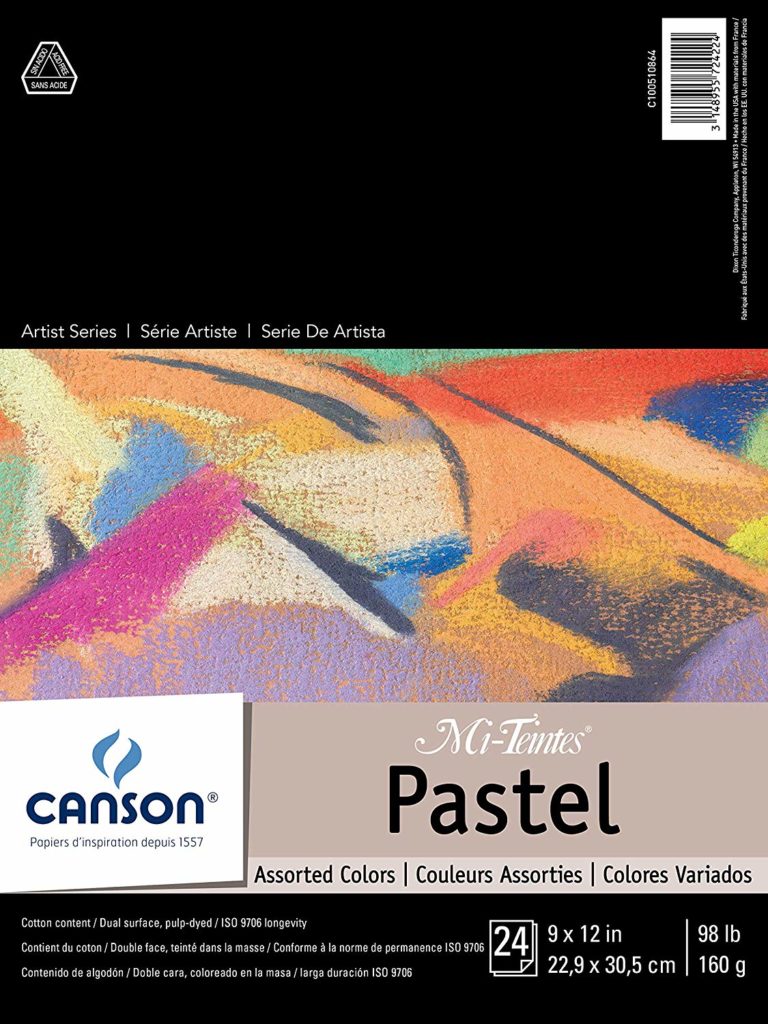



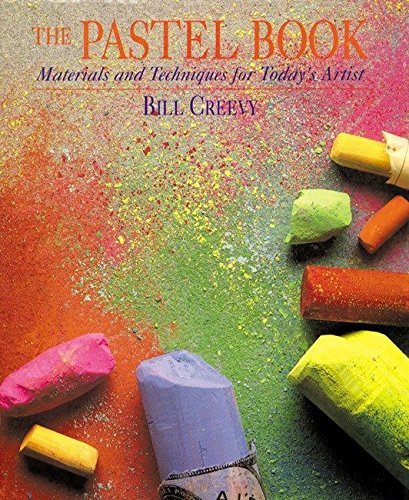
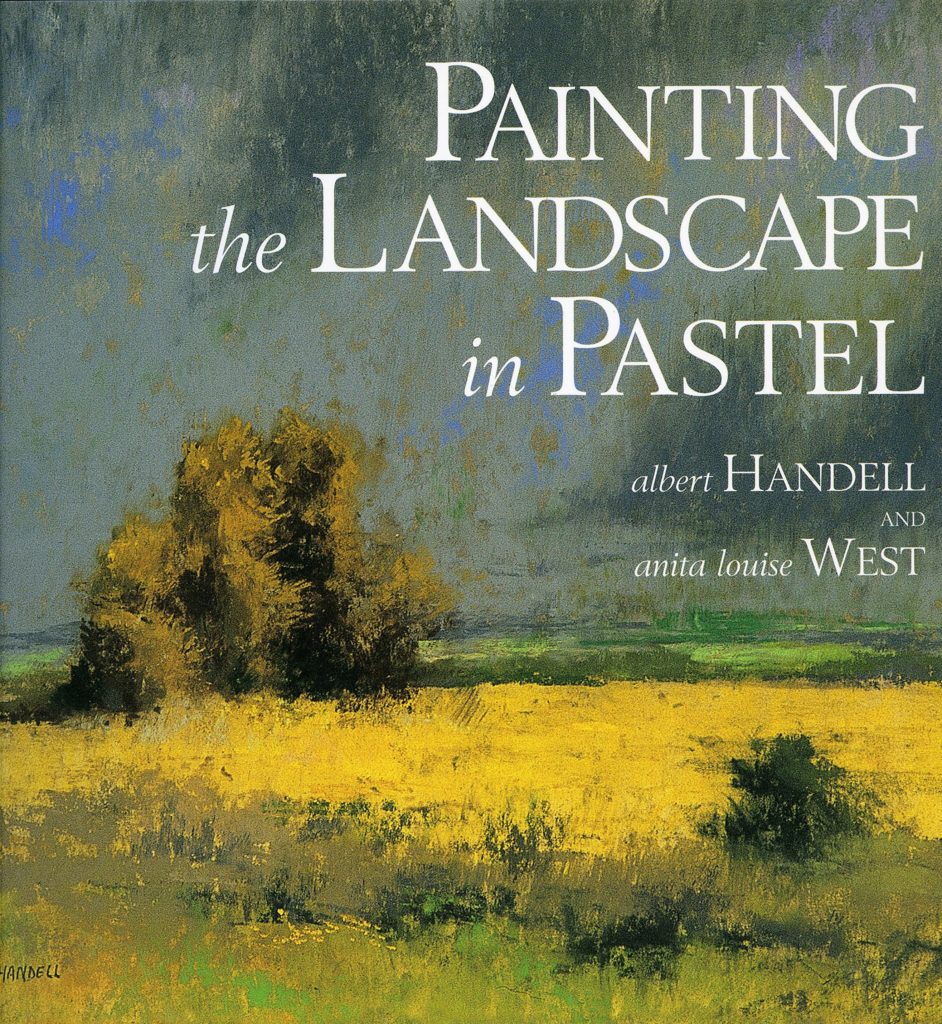



18 thoughts on “Soft Pastel Drawing For Beginners”
Thank you so much. I am just starting with this medium. Used it when I was in grade school but was 6 years old at the time so made more a mess than art, but I want to try again. I do remember also using oil pastels but I didn’t like the smell. Anyway, for practice I picked up a small box of soft pastels from Walmart along with a small pastel paper pad by Royal Langnickel. Both together put me out less than $10 which is good enough for now. Thanks to your advice, I will invest in better supplies once I have more confidence in what I am doing.
Hello Ana, That is a good way to start! Having less expensive materials can really help to not be afraid to use the supplies and learn. Once you gain more confidence you will really enjoy higher quality and softer pastels.
You can do pastel painting on any surface if you prepare the surface with a decent ground. Golden Pastel ground and fine pumice gel prepares the surface very wel.
Hi Jeanette, Thank you for sharing!
Sono molto interessata a lavorare con i pastelli secchi e matite. Sono una subprincipiante e pertanto vorrei conoscere metodi e tecniche, nonché trucchi per migliorare. Grazie.
Hi Maria, That is great! You will find new tutorials and information here that will be helpful for you to learn from 🙂
Salve, solo da poco tempo mi sto dedicando alla pittura con I pastelli. Ancora non sono molto pratica, anzi penso di pasticciare perché non ho un metodo né capacità di mescolanza di colori.
Posso avere da voi consigli?
Grazie, Maria Antonia Burgio
Molti cordiali saluti
Hi Maria, that is great that you have started to work with pastels! Glad to hear that. The best way to go about mixing pastels is to layer them. So, for example if you want to make a light blue, then you will lay down blue and then lay down white on top of the blue. If you would like a very very light blue then it would be best to first lay down the white and then a small amount of blue on top of that. Most of the time you will likely make more complex mixtures involving multiple colors, in this case the same method applies of laying down colors on top of one another. It is good to practice and experiment with this! Also, keep in mind that some colors are softer than others – the softer the color the easier it is to mix. I hope that helps!
What r pan pastel and shape tools and how they r used,r they like conventional pastel colors.
Hi Human, Pan pastels are pastels that are inside a cake like pan. Compared to pastel sticks, they can be more transparent and more easily mixable (depending on what brand of pastels you compare it to). They also create less dust.
As far as shape tools, you can use them in the same way with stick pastels as you would pan pastels. I hope that. helps!
Can you use pastels on canvas?
Hello! If you have very soft oil pastels they should be apply to be used on canvas. Chalk pastels wouldn’t work so well on a canvas surface however.
your information is very helpful thank you;what type of design is easiest for a beginner as i particularly like animals but not sure where to begin;
Hello Rona, If you are interested in making pastel drawings of animals I would start by looking at pastel drawings others have done of animals and learning from those. That will give you a jumping off point! Good luck! 🙂
I’m just beginning to draw with pastels and this guide would be so helpful for me to achieve balance an$ blending with colours
Hello Lou, I am glad to hear that this article was helpful. Soft pastels are really fun to work with!
I grew up with pastels and really like them and didn’t realize there are different types! This is really cool.
Thats cool that you like pastels. Yeah, there are quite a few different types – hope you get to explore the medium more 🙂